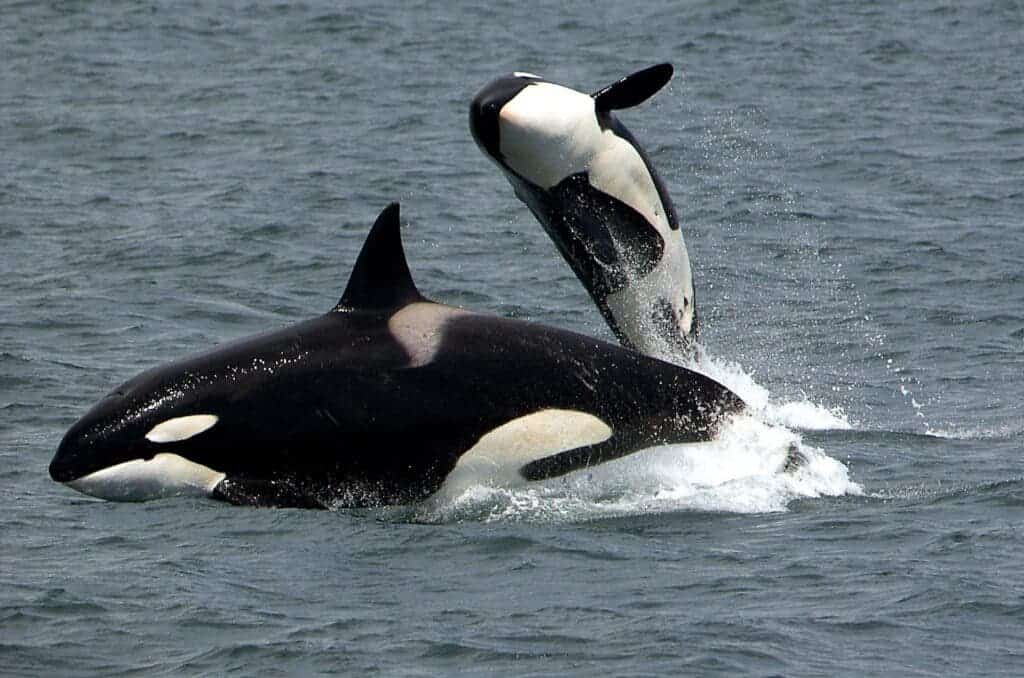Scientists have recorded the first evidence of orcas hunting and killing white sharks. This has been discussed before, but now, new drone and aerial footage directly demonstrate the practice. While orcas have been seen preying on other shark species, this is the first direct observation of predation of great white sharks and shows a bizarre example of one apex predator hunting another.

A study published in Ecology detailed killer orca attacks on white sharks off the coast of South Africa back in May. Scientists also published a video condensing an hour hunt by a group of orcas into a three-minute clip. The footage was captured from a helicopter and also using a drone. Two sharks were killed during the chase.
Alison Towner, a shark expert at Marine Dynamics Academy in South Africa and lead author of the study, said this behavior has never been seen in such detail before, especially from the air. This new paper is the third data chapter of her doctoral thesis and provides important insights into how orcas chased, captured, and killed sharks.
“This helicopter footage revealed that this hunt lasted for over an hour and gave evidence of possible cultural transmission (adult to adult learning),” Towner wrote on a Facebook post. “The paper offers extensive footage, along with data from tags, drone surveys and shark-tour boats showing white sharks fled the area for weeks.”
What’s the deal with orcas?
Orcas (Orcinus orca) are highly social animals that usually hunt in coordinated packs. Their hunting techniques vary from region to region, depending on what food is on the table. With sharks, they first flip them over, which then causes the sharks to go into a state of paralysis known as “tonic immobility” and makes them an easy meal for orcas.
Just two orcas in South Africa (named Port and Starboard) have been previously linked to hunting white sharks but no one had seen them in action. The pair are usually swimming on the country’s coastline, making their first known kill back in 2015. However, only Starboard is seen in this new footage, alongside four other killer whales.
The involvement of these new four whales suggests that the behavior could be spreading, the study authors argued. The footage shows Starboard eating what’s believed to be a large piece of a shark liver at the ocean surface, while another unidentified killer whale is seen eating into a white shark at the region of the liver.
Studies have shown how new behaviors can spread among killer whales over time through cultural transmission. Culture, defined as a shared behavior gained through social learning, isn’t just human. In fact, it’s been seen that orcas have evolved to have their own culture based on a set of behaviors, shaping what they eat and their choice of mates.
“Killer whales are highly intelligent and social animals. Their group hunting methods make them incredibly effective predators,” marine mammal specialist and study co-author Dr Simon Elwen said in a statement. If more killer whales take on the practice of killing white sharks, the behavior will have bigger effects on the shark population, he said.
The study can be accessed here.


